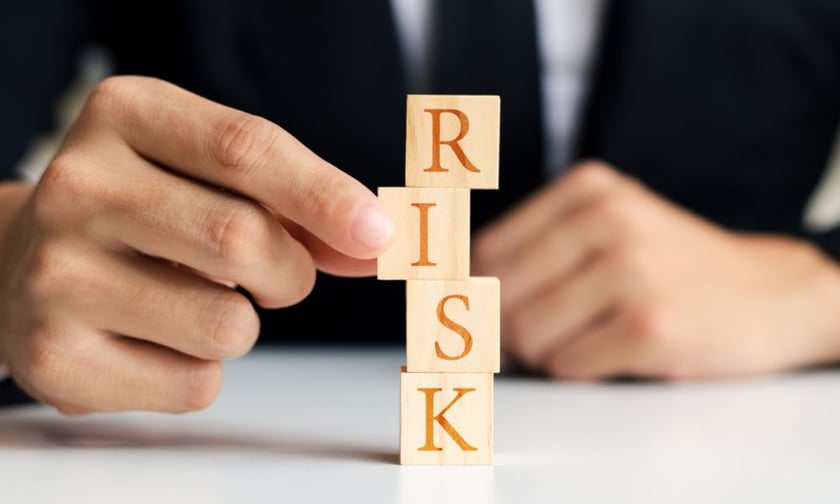

The intensifying effects of climate change are amplifying risks to property and business operations, with increasing exposure to natural catastrophes such as floods, wildfires, and storms. These events, often exacerbated by climate conditions, contribute significantly to property damage and business interruptions.
Torolf Hamm, senior director, physical climate risk at WTW’s Climate Practice, points to the growing necessity for businesses to understand and manage these heightened physical risk exposures.
In 2023, natural catastrophes generated over $350 billion in global economic losses, with insurance covering only about a third of this amount, just over $100 billion.
In the US, weather-related losses in the first half of 2024 exceeded $30 billion in insurance claims, driven by an above-average number of tornadoes, hailstorms, and severe wind events. Texas also recorded a record-breaking wildfire, which affected 426,600 hectares.
According to Hamm, these damages often surpass traditional risk scenario planning, underlining the need for improved identification, quantification, and mitigation of potential climate-related damages.
Hamm said that managing complex and amplified exposures requires adopting dynamic and comprehensive risk assessment strategies. Evaluating assets through aggregate hazard scores allows companies to measure exposure to specific natural catastrophes, integrating historical data, predictive insights, and expert analysis.
This enables organisations to prioritise actions for high-risk assets and address vulnerabilities, such as flood-prone regions or critical equipment located in basements, with a greater level of precision.
Hamm also pointed out that leveraging a mix of traditional insurance, captives, and alternative risk transfer solutions, like parametric insurance, can support faster recovery across operations and supply chains. By applying stress testing and risk engineering, alongside numerical and theoretical modelling, businesses can better prepare for climate-amplified risks.
Additionally, looking beyond internal risks to assess vulnerabilities across the supply chain can help manage the increasing likelihood of severe disruptions.
Another critical factor Hamm highlights is the risk of under-insurance, where businesses may underestimate property and business interruption risks. Some insurers, he notes, may be mispricing risks due to models that fail to incorporate once-rare, now more frequent, climate-related events.
Traditional models often rely on past claims data, which may not fully capture the frequency or scale of emerging risks, potentially leading to undervalued assets and underinsured positions, leaving businesses exposed to financial losses.
Hamm said that it is essential to re-evaluate physical risk portfolios in light of changing conditions and climate scenarios. Advanced analytical tools can help businesses assess a variety of hazards, including drought, fire, flood, sea-level rise, and tropical cyclones, allowing for evaluations under different future conditions.
Particularly for business interruption risks, understanding the impact of diverse scenarios can enable companies to quantify losses accurately, assess risk tolerance, and calibrate insurance cover for more effective protection.
What are your thoughts on this story? Please feel free to share your comments below.
